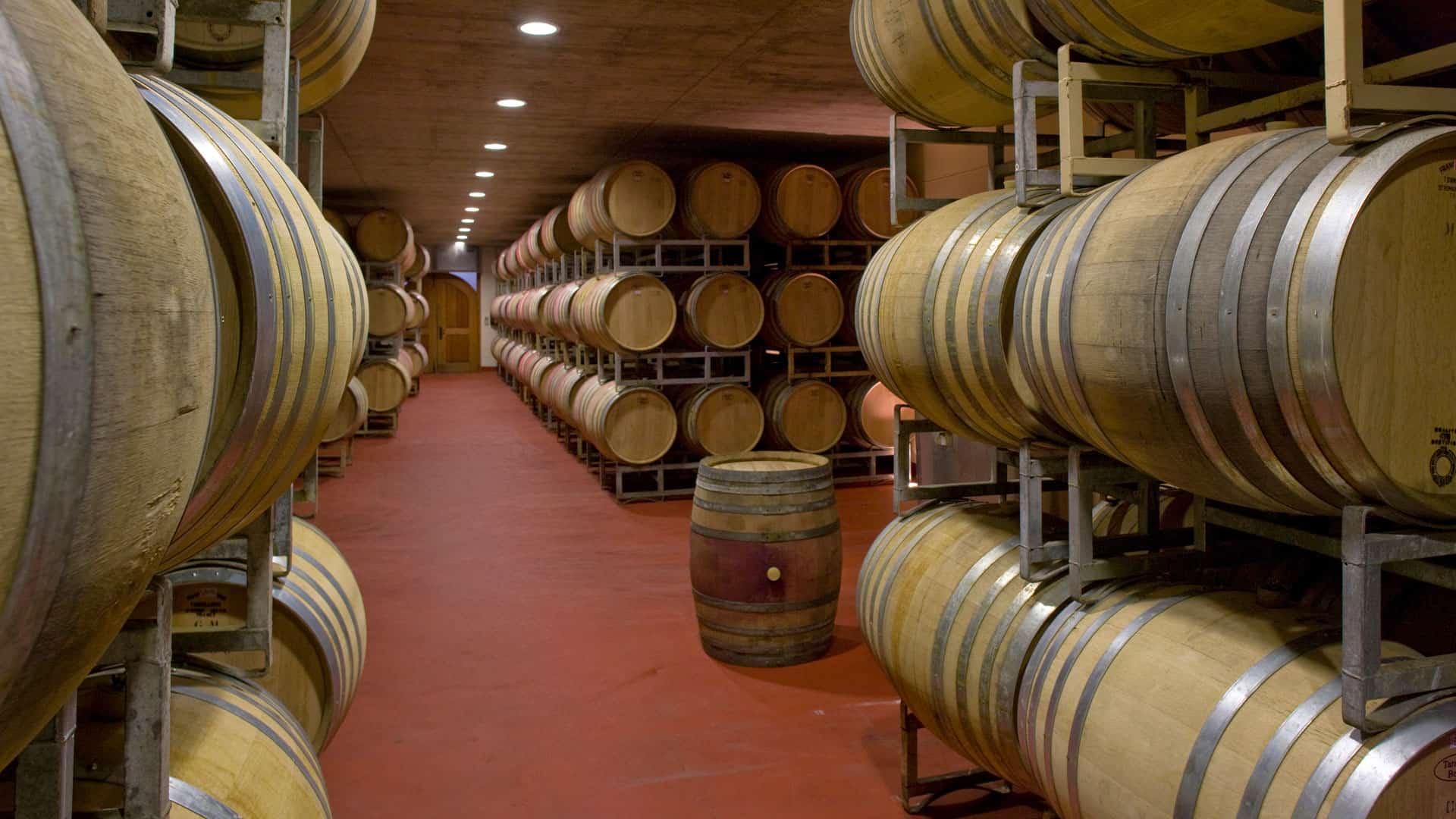The purpose of stabilizing a wine is to ensure that it is free of streaks and turbidity and no longer contains any components (suspended particles) that could later lead to undesirable changes such as secondary fermentation. It is a preservation process to make the wine more durable, to correct the appearance of the wine and to prevent the wine from clotting later at higher temperatures.
In the past, wines were pasteurized for this purpose. Today, the same goal is achieved by filtering and separating or – more gently – by cooling and allowing to settle.
Stabilization, also often referred to by the cellar master as “making it bright”, begins with the clarification of the young wine once the alcoholic fermentation has been completed. The term stabilization comes from the process after the fermented grape juice has been transferred to new tanks in a cool place (also known as cold stabilization) so that it can settle and stabilize. Among other things, the excess tartaric acid can settle to the bottom of the tank in the form of
As the new vintage of white wine usually comes onto the market faster than red wine, the stabilization of white wine is usually completed in a relatively short period of time.
Red wine also needs to be stabilized. This begins during malolactic fermentation. During this process, all of the malic acid is converted into lactic acid. This prevents secondary fermentation in the bottle. The outstanding clarification and further stabilization then takes place in the further course of the ageing phase in the same way as for white wine.

